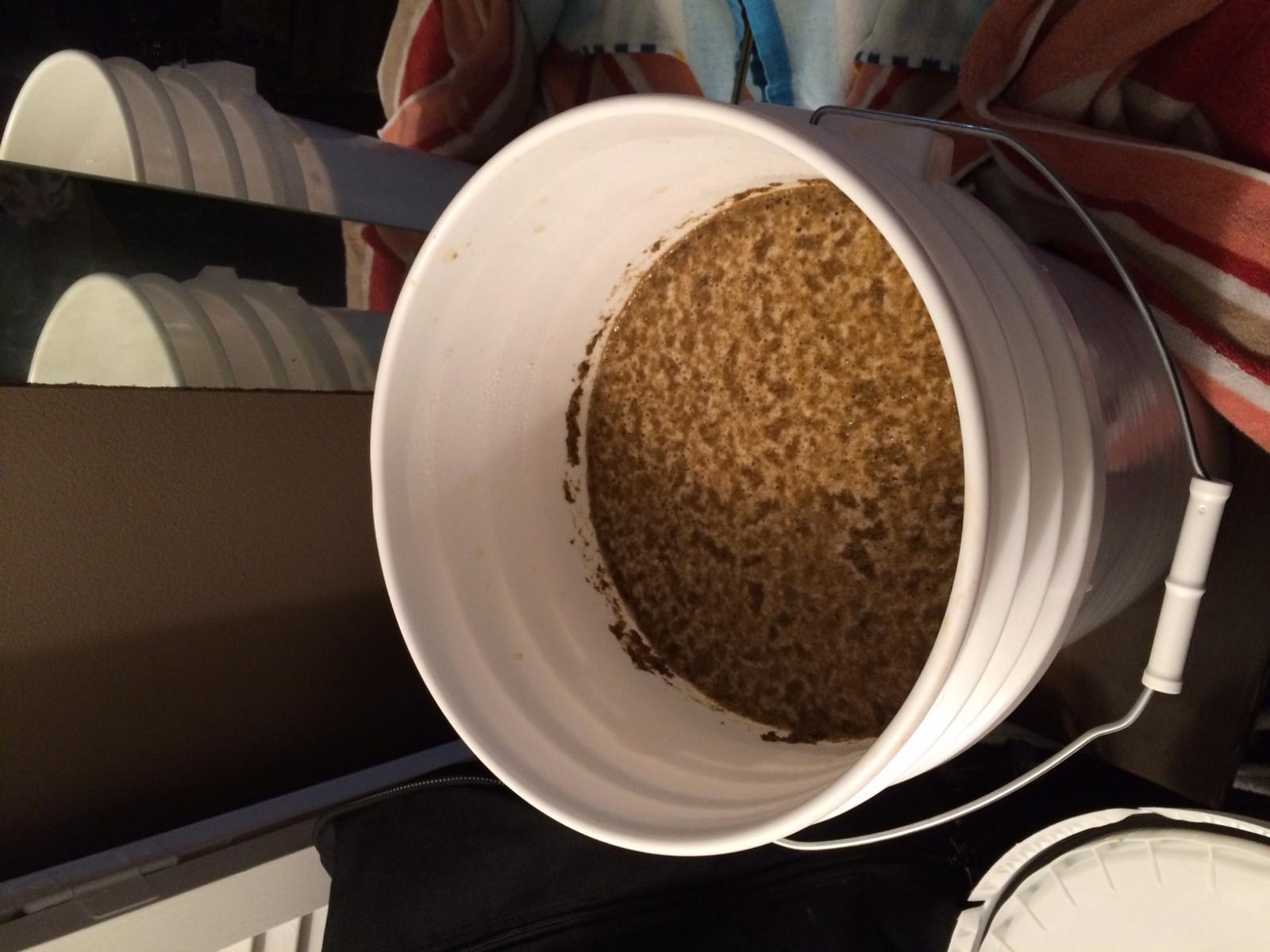Hi everyone,
This is my first post here, I am sure I am already asking something similar that has been asked before but I tried looking and found nothing specific to what my instructions on my kit are telling me.
My question is how long I should leave my beer in my primary fermenter for?
It has been in there for just over 30 hours. It is in a bucket with the lid on but not snapped down, just like the instructions said. I will include a picture of what it looks like. There was a lot of bubbling activity but has slowed down quite a bit, to pretty much nothing. My confusion is coming from the fact the instructions in my kit say it is dangerous to leave the beer in the primary for more than 5 days (or when activity has stopped), but when I read on here people talk of leaving it in there much longer than that, or if it is time to transfer to my secondary now, as the instructions say?
I will be transferring into a carboy with an airlock from here for "secondary fermentation". Here is the link to the instructions I am using with the same kit.
http://bestcasebeer.ca/instructions/
Thank you in advance, I really hope I am not asking something that has already been covered multiple times.

This is my first post here, I am sure I am already asking something similar that has been asked before but I tried looking and found nothing specific to what my instructions on my kit are telling me.
My question is how long I should leave my beer in my primary fermenter for?
It has been in there for just over 30 hours. It is in a bucket with the lid on but not snapped down, just like the instructions said. I will include a picture of what it looks like. There was a lot of bubbling activity but has slowed down quite a bit, to pretty much nothing. My confusion is coming from the fact the instructions in my kit say it is dangerous to leave the beer in the primary for more than 5 days (or when activity has stopped), but when I read on here people talk of leaving it in there much longer than that, or if it is time to transfer to my secondary now, as the instructions say?
I will be transferring into a carboy with an airlock from here for "secondary fermentation". Here is the link to the instructions I am using with the same kit.
http://bestcasebeer.ca/instructions/
Thank you in advance, I really hope I am not asking something that has already been covered multiple times.




